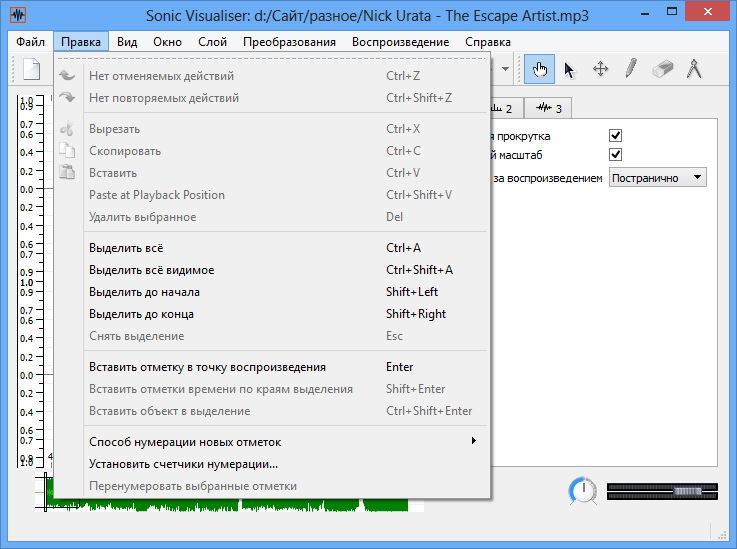

2 This despite the existence of theories according to which works are sound structures, or are types whose tokens are performances, and despite efforts in scholarship to include the notion of the performative in the discourse to a greater extent than hitherto (Cook 1999 Parmer 2014).

The musical work, in both musicological and everyday locutions, has often been associated more with the composer than with the performer, and more with the score than with its sonic realisation. A focus on performance and on empirical detail is yet to be combined with a more theoretical consideration of the musical work, which is what this paper aims to do: to take empirical observation-analysis of recordings, with tempo measurements made using Sonic Visualiser software-as a basis to reflect on the ontology of musical works. I aim to shed light on one aspect of the musical work, through focusing on the phenomenon of the performance. This paper is an exploration of the relationship between musical works and performances, in music of the Western Art tradition. What a paradoxical and touching ambition, stamped as much with boldness as with humility! What burning desire for submission… What a stirring vision, inspiring us to see in the movement of a great work of art some echo of our own aspirations, and seducing us, at times in such a wonderful way, into the belief that the soul of the composer might truly abide in ours. I’ll decide at the last minute how it’s going to go. …the point is, let’s say I’m showing a dissonant chord resolving in a phrase. I can show it with a diminuendo I can show it with a crescendo. A comparison of the tempo graphs of a piece performed by different pianists shows that it is precisely at moments determined by the score that there is the most individuality between performances, as well as fluctuation from a constant tempo within a performance.Įven though I have set ideas, things I want to try to show in the music are not actually on the surface of it. I use tempo graphs, generated through Sonic Visualiser software, to explore how the interdependent relationship between the performer/performance and the work plays out in concrete, sounding performances. In the main portion of the article I analyse recordings by twentieth- and twenty-first-century pianists, focusing on four excerpts from music by Johann Sebastian Bach and Frederic Chopin. This model of the musical work emphasises the absolute interdependence of the performance and the work.

To this end, I suggest a model for the performance-work relationship that is analogous to Johann Gottlieb Fichte’s model for self-consciousness. I argue that performance, when involving precomposed pieces, cannot be fully understood without an acknowledgement of a “relationship” between performer and work, and vice versa-that the work cannot be properly understood without serious consideration of performances. This paper aims to posit performers and performance (within the Western Art Music tradition) as a source of knowledge in a reconsideration of the musical work’s ontology.


 0 kommentar(er)
0 kommentar(er)
